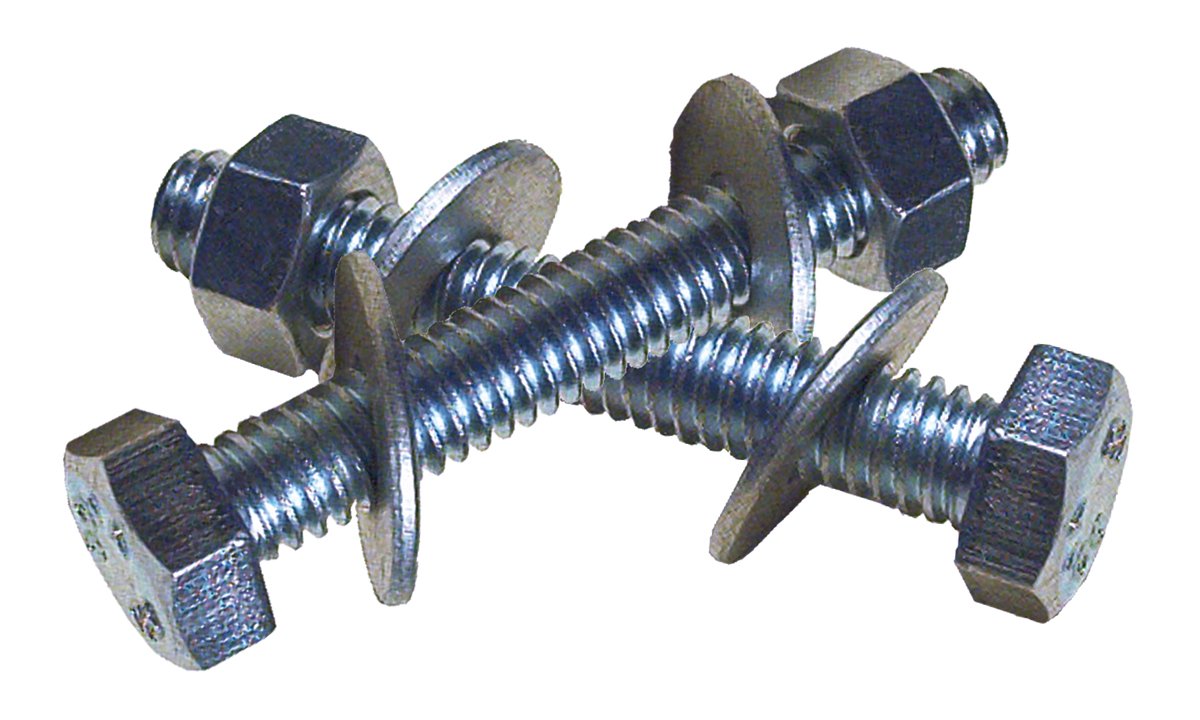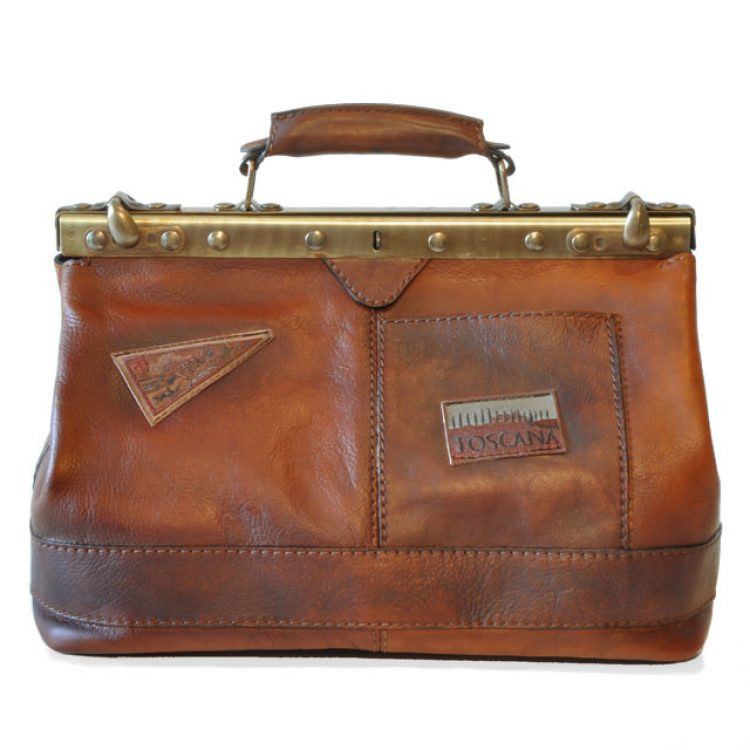Galling is a form of adhesive wear that occurs when metals are subjected to high friction forces. It requires ductile materials with crystal structures that promote cohesive adhesion between surfaces. This type of wear is different from other forms of wear that involve erosion.
Stainless steel fasteners are especially susceptible to galling. With expensive machinery and production equipment at stake, manufacturers should be aware of this dangerous problem and take precautions to minimize it.
It is a form of wear
Galling is a form of severe adhesive wear that occurs between two metal surfaces. It is caused by a combination of high loads, surface defects and insufficient lubrication between the metals. The friction causes the protective oxide coating to break down, allowing material to transfer from one surface to another. This can cause large hard protrusions on the surface of the sheet, or galling marks. Galling can also lead to seizing, in which the two surfaces stick together and require significant force to separate them.
Galling is a common problem in applications where metals slide against each other, especially when they are under high load or high speed. It can be prevented by using a lubricant and choosing metals with different properties. For example, brass and bronze are more resistant to galling than austenitic stainless steels. It is also helpful to use coarse threads, which have a larger thread allowance and can withstand more friction than fine threads.
It is a form of corrosion
Galling is a form of adhesive wear that happens when metal surfaces are rubbed together and exposed to compressive forces. The force breaks down the oxide film on the surface of metals such as aluminum and stainless steel and causes the material to bond to itself. This process is different from abrasive wear, which removes material through the friction of compression and translation.
It is also different from abrasive corrosion, which deforms the material. Galling damage to materials is often permanent and can result in stuck nuts and seized bolts.
It is best to use a lubricant that will reduce the amount of friction between mating surfaces. However, there are some cases where this is not possible. The best solution is to use a metal grade that is resistant to galling. Some grades, such as shot peened stainless steel or free machining 303 stainless steel, have better resistance than others. This is largely due to the hardness difference.
It is a form of stress
A common problem in manufacturing, galling is the unintentional adhesion of one metal to another. This can be a serious problem in equipment such as flanges, pistons, and bolts. It can occur at a microscopic level and cause performance failures in some cases. It can be prevented by using proper lubrication and selecting the right metal type. Some metals are more prone to galling than others, including aluminum and some austenitic stainless steel grades.
While abrasive wear damage occurs when hard surfaces rub against each other, galling is more common when hard surfaces move against soft materials with consequential compressive force. It occurs most commonly between mating fasteners of metals that self-generate a corrosion-resistant oxide surface layer, such as aluminum, titanium, and stainless steel. The tendency for galling can be reduced through lubrication and the use of dissimilar materials with low ductility and rough surfaces. Axial misalignment between clamped components can also increase friction causing galling.
It is a form of adhesion
Galling is a form of adhesion between sliding surfaces and can occur in metals. The friction between the surface of one material and the contacting material causes the crystal structure underneath to slip and tear, creating a gouged appearance with lumps of new material stuck to the surface. This process is not to be confused with cold welding, although the two processes share many similarities.
Some materials are more prone to galling than others, particularly ductile metals. For example, stainless steel machine screws are prone to galling when they’re subjected to excessive force. Stainless steel fasteners have a natural passivation layer that protects them from corrosion, but when it is exposed to high amounts of friction, the protective oxide layer can be broken.
To reduce the risk of galling, use a good quality lubricant. Also, make sure that the contacted surfaces are clean and free of debris. This will greatly reduce the amount of friction during installation and prevent galling.what is galling




